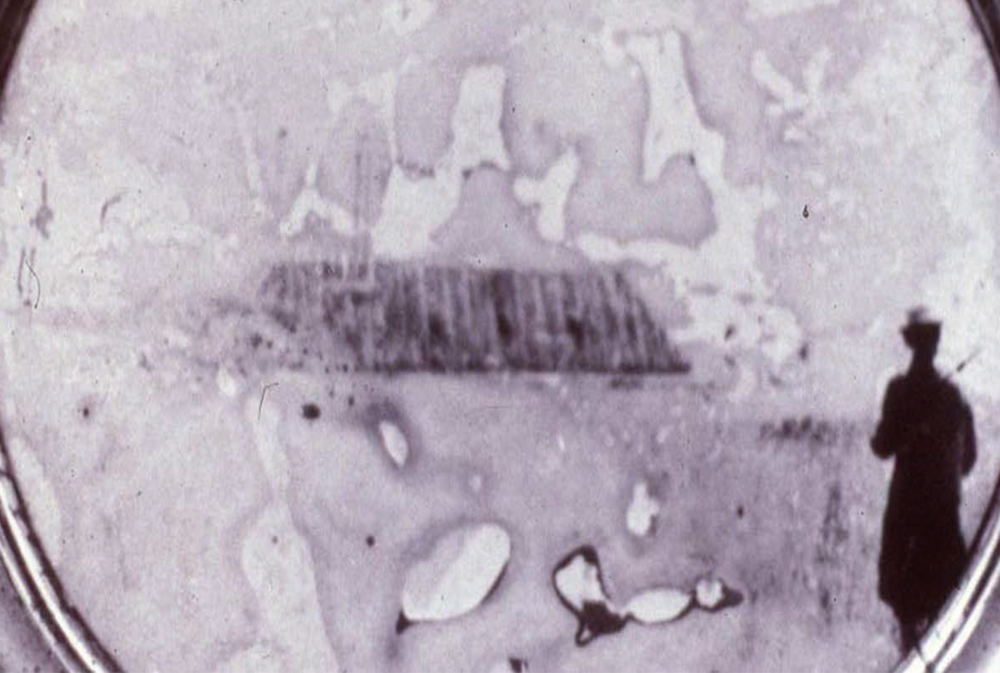
An Introduction
Recovering the CSS Georgia ironclad scuttled on the Savannah River floor marks the beginning of the construction phase of the Savannah Harbor Expansion Project. Locally built in 1862 and originally designed as an ironclad gunboat, the CSS Georgia served as an integral element of the Confederate defenses that protected Savannah Georgia. CSS Georgia was soon designated a "Floating Battery," likely the result of being seriously underpowered. In use, the Georgia was moored to cribbing in the Savannah River opposite Old Fort Jackson, where the river is restricted to a single channel. At her mooring, the Georgia was maneuvered with anchor lines to bring the ironclad's broadside battery to bear on the channel below Fort Jackson. In December 1864 during the final days of the American Civil War, the CSS Georgia was scuttled by the Confederate forces to prevent it from falling into Union hands in the Savannah River by what is now referred to as Old Fort Jackson. Georgia lay forgotten for just over 100 years after the Civil War when she was inadvertently "rediscovered" during dredging operations. Since her discovery, recent hands-on investigations of the wreck site have triggered a surge of interest. However, subsequent research on the vessel has revealed more questions than answers concerning her construction and brief life span.
Her Construction
 In all likelihood, the ironclad Georgia was constructed at Harding's Shipyard along the southern bank of the Savannah River. Located near Alvin Miller's foundry on the eastern edge of Savannah, the location was where Major General Henry Jackson was tasked by General Robert E. Lee to build boats in early March 1862 for the transport of troops. Much of what is known concerning the Georgia's early phase of construction comes from Jackson's order books. Supposedly, plans were drawn up for the vessel after commencement of construction, but these have not been found or do not exist. Her design has been credited to A.N. Miller, the foundry owner, who was likely involved with the Georgia until completed.
In all likelihood, the ironclad Georgia was constructed at Harding's Shipyard along the southern bank of the Savannah River. Located near Alvin Miller's foundry on the eastern edge of Savannah, the location was where Major General Henry Jackson was tasked by General Robert E. Lee to build boats in early March 1862 for the transport of troops. Much of what is known concerning the Georgia's early phase of construction comes from Jackson's order books. Supposedly, plans were drawn up for the vessel after commencement of construction, but these have not been found or do not exist. Her design has been credited to A.N. Miller, the foundry owner, who was likely involved with the Georgia until completed.
The Ladies Gunboat Association (LGA), established in Savannah in early March 1862, primarily raised funds to build the Georgia. With chapters throughout the state, the LGA formed specifically to raise funds for the construction of a gunboat. Although the LGA was established just after start of construction, the vessel would be known as the "Ladies Gunboat." It was not until after March 22 that serious efforts for building the vessel were put into place. Under the direction of the Building Committee - and ultimately General Jackson - the ship was constructed in large part by hundreds of Confederate soldiers, carpenters, engineers, and blacksmiths. Launched on May 19, 1862, by the end of the month at least one side of her casemate had been armored with rail. By mid-July, the vessel was tied up at the Exchange Dock and was far enough along to allow public viewing. On July 24, the floating battery made a trial run, and by late October she had taken up her position opposite Fort Jackson. She would stay at this location for just over two years until her scuttling late on the night of December 20, 1864.
Impacting the Savannah Harbor Expansion Project
The National Register of Historic Places (NRHP) listed shipwreck site is located in the Savannah River in an area that will be impacted by proposed channel modifications for the Savannah Harbor Expansion Project (SHEP). The wreck site, which lies on the Georgia/South Carolina border and covers an area approximately 350-x-200 feet, is situated atop dense clay in approximately 36 feet of water at the top and side of the northern edge of the Savannah Harbor navigation channel at the intersection of the Back River Channel just down river from the City of Savannah. Three sections of casemate, disjointed railroad rail armor, elements of steam machinery, and ordnance comprise the major surviving elements of the vessel. Small artifacts, vessel hardware, and fastenings may also be present in association with those elements. The surviving remains of the Confederate ironclad CSS Georgia represent only a small percentage of the original vessel structure.
*Excerpts retrieved from
U.S. Army Corps of Engineers, Savannah District Final Research Design Pre-Fieldwork Coordination and Planning For Recovery of the CSS Georgia, Savannah Harbor Expansion Project, Chatham County, Georgia and Jasper County, South Carolina submitted by Panamerican Consultants, Inc. of Memphis, Tennessee (November 2014) and
CSS Georgia: Archival Study submitted by New South Associates of Stone Mountain, Georgia (January 2007).